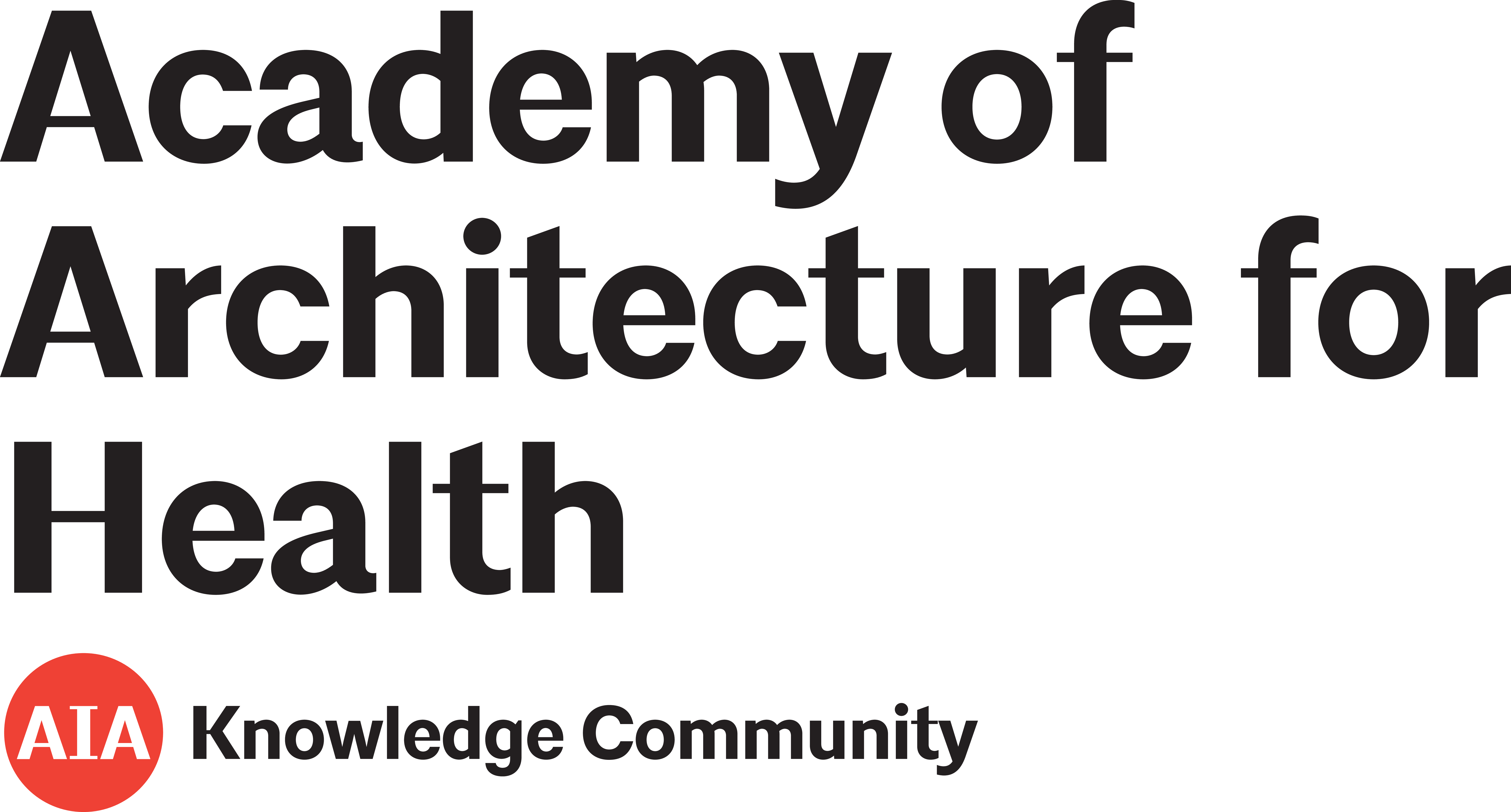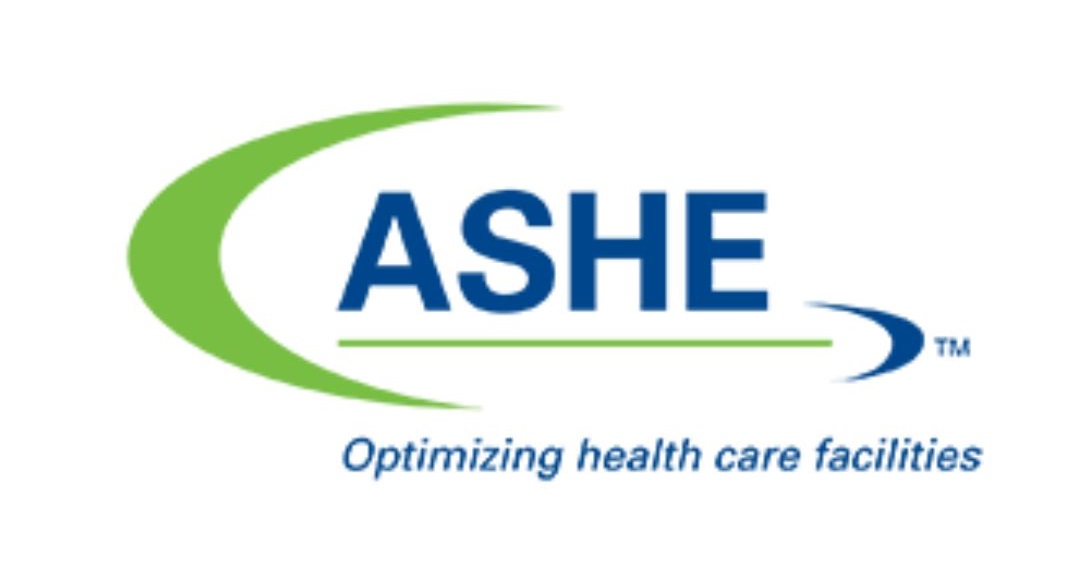Patient Safety, Human Factors & Ergonomics, and Design: The Environment as a Larger-Scale Strategy to Reduce Falls
2014
Advances in Human Aspects of Healthcare
Book Section
Author(s): Taylor, E., Hignett, S., Duffy, V.
Added October 2014
Research or Evidence-Based Design: Which Process Should We Be Using?
2010
HERD: Health Environments Research & Design Journal
Journal Article
Issue 1
Volume 4
Pages 6-10
Author(s): Stichler, J. F.
Added October 2014
Redefining Healthcare Infrastructure: Moving Toward Integrated Solutions
2010
HERD: Health Environments Research & Design Journal
Journal Article
Issue 2
Volume 3
Pages 84-96
Author(s): Tillmann, P. A., Tzortzopoulos, P., Formoso, C. T.
Added October 2014
Organizational Transformation: A Model for Joint Optimization of Culture Change and Evidence-Based Design
2008
HERD: Health Environments Research & Design Journal
Journal Article
Issue 3
Volume 1
Pages 40-60
Author(s): Hamilton, D. K., Orr, R. D., Raboin, W. E.
Added October 2014
Nurses' Caps, Ballgames, and Hard Hats
2010
HERD: Health Environments Research & Design Journal
Journal Article
Issue 2
Volume 3
Pages 7-12
Author(s): Stichler, J. F.
Added October 2014
Lost in Translation: Bridging Gaps Between Design and Evidence-Based Design
2008
HERD: Health Environments Research & Design Journal
Journal Article
Issue 2
Volume 1
Pages 39-46
Author(s): Watkins, N., Keller, A.
Added October 2014
Lessons From Evidence-Based Medicine: What Healthcare Designers Can Learn From the Medical Field
2009
HERD: Health Environments Research & Design Journal
Journal Article
Issue 2
Volume 2
Pages 73-87
Author(s): Viets, E.
Added October 2014
Infection control: the environment and service organisation
2005
Nursing Standard (Royal College Of Nursing (Great Britain): 1987)
Journal Article
Issue 5
Volume 20
Pages 57
Author(s): Gould, Dinah J
Added October 2014
Expert in My Domain; Beginner in Yours
2010
HERD: Health Environments Research & Design Journal
Journal Article
Issue 3
Volume 3
Pages 19-21
Author(s): Hamilton, D. K.
Added September 2014
Evaluating Building Performance in Healthcare Facilities: An Organizational Perspective
2010
HERD: Health Environments Research & Design Journal
Journal Article
Issue 2
Volume 3
Pages 63-83
Author(s): Steinke, C., Webster, L., Fontaine, M.
Added September 2014
Establishing a Substantial Link Between Human and Environmental Welfare
2010
HERD: Health Environments Research & Design Journal
Journal Article
Issue 1
Volume 4
Pages 3-5
Author(s): Martin, C. S.
Added September 2014
Design and Uncertainty
2010
HERD: Health Environments Research & Design Journal
Journal Article
Issue 2
Volume 3
Pages 60-62
Author(s): Hamilton, D. K.
Added September 2014
Chemical Hazards Analysis of Resilient Flooring for Healthcare
2010
HERD: Health Environments Research & Design Journal
Journal Article
Issue 2
Volume 3
Pages 97-117
Author(s): Lent, T., Silas, J., Vallette, J.
Added September 2014
Buildings and Organizations: The Shaping and the Shaped
2008
HERD: Health Environments Research & Design Journal
Journal Article
Issue 4
Volume 1
Pages 20-31
Author(s): Gibson, S. F.
Added September 2014
Building Bridges
2010
HERD: Health Environments Research & Design Journal
Journal Article
Issue 3
Volume 3
Pages 3-6
Author(s): Tanja-Dijkstra, K.
Added September 2014
Aspergillosis in Four Renal Transplant Recipients: Diagnosis and Effective Treatment with Amphotericin B
1972
Annals of Internal Medicine
Journal Article
Author(s): Burton, J. R, Zachery, J. B, Bessin, R.
Added September 2014
Influences of the physical environment on neuropsychiatric symptoms and other outcomes in assisted living residents
2010
International Journal of Geriatric Psychiatry
Journal Article
Issue 10
Volume 25
Pages 1044-1054
Author(s): Bicket, M. C., Samus, Q. M., McNabney, M., Onyike, C. U., Mayer, L. S., Brandt, J., Rabins, J., Lyketsos, C., Rosenblatt, A.
Assisted living (AL) facilities are thought to serve residents with minor functional limitations. However, recent research suggests that AL facilities also primarily house a cognitively disabled elderly population with considerable general medical morbidity, in which about two-thirds of the residents suffer from dementia. While the physical environment has been shown to correlate with cognitive and physical well-being of residents in nursing homes (NHs), few studies have systematically investigated the effects of the physical environment of AL facilities on the outcomes.
Added September 2014
Physical Environment Provisions of USP “Pharmaceutical Compounding—Sterile Preparations”
2012
American Society for Healthcare Engineering
Journal Article
Author(s): Beebe, C.
USP <797> reports standards and policies for all physical environments in which compounded sterile preparations (CSPs) are prepared, packaged, and stored. The standards apply specifically to people who prepare CSPs and must take care to reduce the risk of contamination from their behaviors, hygiene, and clothing (i.e., garb). Clinical workers whose work lies within this realm must be individually trained and evaluated to maintain the standards and reduce microbial contamination that results from contact.
Added September 2014
Effect of morning bright light treatment for rest-activity disruption in institutionalized patients with severe alzheimer's disease
2005
International Psychogeriatrics
Journal Article
Issue 2
Volume 17
Pages 221–236
Author(s): Dowling, G. A., Hubbard, E. M., Mastick, J., Luxenberg, J. S., Burr, R. L., Van Someren, E. J. W.
Studies suggest that exposure to light of adequate intensity and duration at the proper time of day can be associated with a positive improvement in the quality and duration of sleep. Since institutional environments tend to have very low light levels, residents may not be exposed to enough bright light to entrain the circadian clock to the 24-hour day. In particular, bright light treatment has been shown to improve sleep–wake cycle disturbances in some Alzheimer’s disease (AD) subjects.
Added September 2014
Prevalence and Determinants Associated With Healthcare-Associated infections in Long-Term Care Facilities (HALT) in The Netherlands, May to June 2010
2012
Eurosurveillance
Journal Article
Issue 34
Volume 17
Pages 13–18
Author(s): Eilers, R., Veldman-Ariesen, M. J., Haenen, A., van Benthem, B. H.
Healthcare-associated infections (HAIs) are infections that patients get while receiving treatment for medical or surgical conditions. They are a major problem in the United States and elsewhere. In Europe, they increase morbidity and mortality and are the leading reason for residents of long-term-care facilities (LTCFs) to be hospitalized. HAIs may also affect the quality of life of the residents in LTCFs, but additional studies are needed to investigate the link.
Added September 2014




